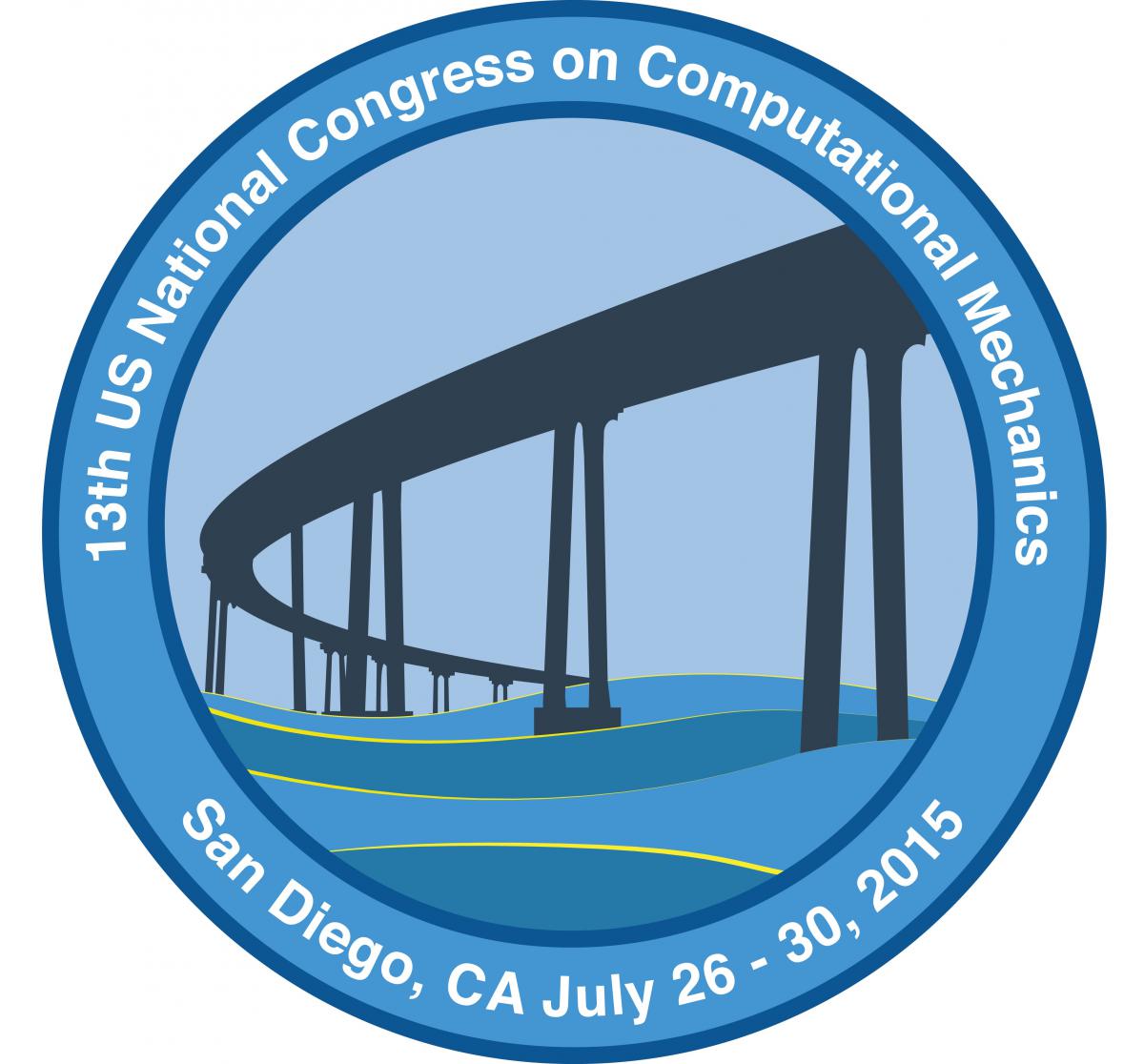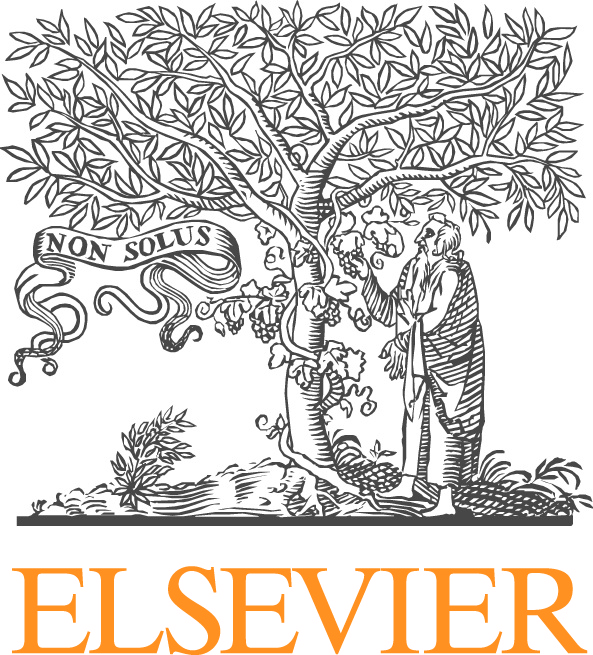Modeling Materials with Coupled Physics (thermo- electro- chemo- and magneto-mechanics)
Stephan Rudykh, Technion - Israel Institute of Technology
Sergey Kuznetsov, John Hopkins Univeristy
Microstructural materials with coupled physics, such as electro- and magneto-active elastomer composites, thermoelectrics, electric current carrying composites or porous materials, possess great potential for a large variety of engineering applications: from energy storage, actuation, and thermal management, to damage sensing.
Complex mechanical response and coupled physics in such materials presents rich possibilities to adjust their mechanical behavior, enhance their structural properties (for example, application of magnetic or electric field can change strength of material, reduce damage caused by impact, change dissipative and resonant properties, influence various non-linear phenomena, activate dynamic material etc).
There is a strong interest to the detailed modeling of materials with heterogeneous microstructure with coupled physics. Understanding the structure-property relationships in materials with coupled physics is a major problem of contemporary material science. This will allow us to design materials and structures with desired multifunctional properties.
Modeling of such material is an extremely complex task and raises a number of computational issues due to the need to account for additional fields and coupling between them, large deformations, material nonlinearities, incompressibility, and instabilities.
We would like to invite interested researches to discuss the recent advances and problems in modeling of coupled phenomena in microstructural materials. The specific topics include, but are not limited to
• constitutive modeling;
• multiscale analysis;
• obtaining effective properties, computational homogenization;
• simplified models;
• inverse problems and design of microstructure;
Complex mechanical response and coupled physics in such materials presents rich possibilities to adjust their mechanical behavior, enhance their structural properties (for example, application of magnetic or electric field can change strength of material, reduce damage caused by impact, change dissipative and resonant properties, influence various non-linear phenomena, activate dynamic material etc).
There is a strong interest to the detailed modeling of materials with heterogeneous microstructure with coupled physics. Understanding the structure-property relationships in materials with coupled physics is a major problem of contemporary material science. This will allow us to design materials and structures with desired multifunctional properties.
Modeling of such material is an extremely complex task and raises a number of computational issues due to the need to account for additional fields and coupling between them, large deformations, material nonlinearities, incompressibility, and instabilities.
We would like to invite interested researches to discuss the recent advances and problems in modeling of coupled phenomena in microstructural materials. The specific topics include, but are not limited to
• constitutive modeling;
• multiscale analysis;
• obtaining effective properties, computational homogenization;
• simplified models;
• inverse problems and design of microstructure;





